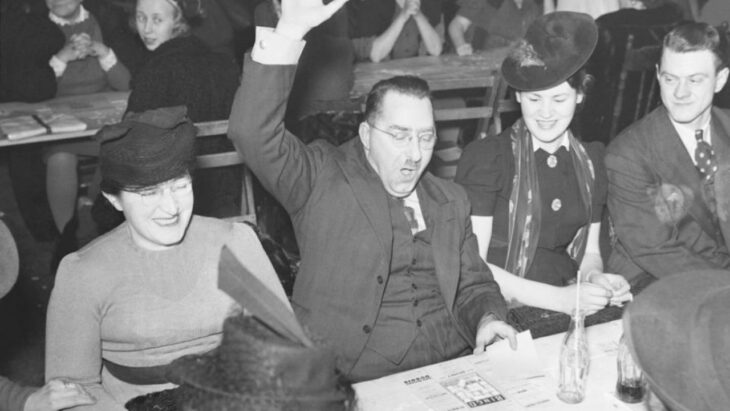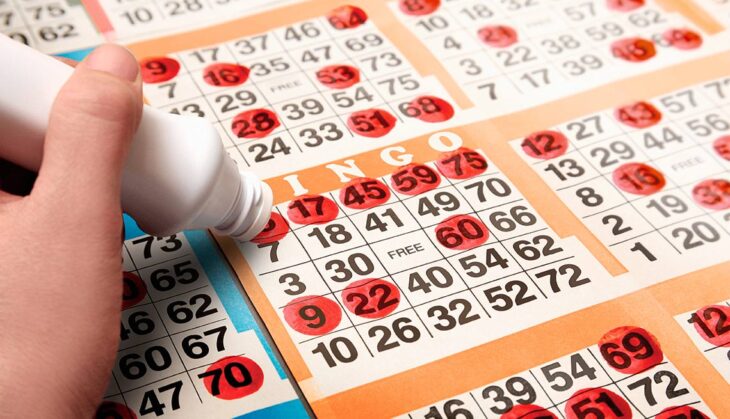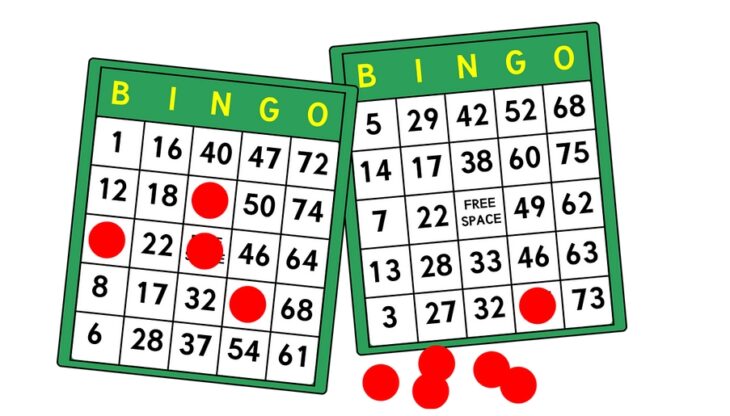Bingo is one of the most popular online games for people to play these days. But what not everyone knows is it has a long and interesting history — with roots that go back centuries.
Whether you are already a big fan of bingo, or are just being introduced to the game, here’s everything you know about it; from its origins all the way up to the bingo many people play and love today.

Source: casino.org
Where did bingo originate?
While not called bingo, the game of bingo is said to have started way back when in 16th century Italy (experts extimate around 1530). Bingo has it’s origins in the Italian lottery, known as Il Gioco del Lotto d’Italia. The game spread to France from there where it was known as Le Lotto and enjoyed and played by the French aristocracy.
It is believed that the game then travelled to other parts of Europe, including Great Britain, during the 18th century. The premise was simple, but much as it is today: players marking off numbers on a ticket as they’re called out at random — with the aim of achieving a winning combination. Interestingly a similar game called Tombola was used in Germany during the 19th century as an educational tool, helping to teach children spelling and multiplication.
The first modern version of the game which is known today first became popular at carnivals and fairs during the 1920s. The modern bingo card design’s patent was in 1942 by Erwin S. Lowe.
Things accelerated in in January 1960 when the Betting and Gaming Act 1960 went into place. This saw large cash-prizes finally legalised and led to the launch of Mecca Bingo by Mecca Leisure Group. It was led Eric Morley who had numerous dancehalls including the Lyceum Ballroom. Morley introduced bingo into 60 of these.
The other large operator of the time was Circuit Management Association who managed dancehalls and cinemas of The Rank Organisation also hosted bingo.

Source: world.blackdesertm.com
How it’s played
The standard bingo ticket contains 27 spaces which are arranged in nine columns, with three rows. Within Each row there are five numbers and four blank spaces, with each column containing up to three numbers. As tickets are created with strips of six it allows every number from 1 to 90 to appear over all six tickets.
An important role as part of bingo’s gameplay is that of the caller, who has the job of calling out the numbers. The caller will announce what prizes can be won before each game begins. They then randomly select counters from a bag, use balls in a mechanical draw machine or select them by a Random Number Generator (RNG) and call them out.
Different winning combinations include:
- four corners, which are the leftmost and rightmost numbers on the bottom and top lines
• line, which is to cover a horizontal line of five numbers
• two lines, which is covering any two lines on the ticket
• Full house, which is to cover all fifteen number that are available on the ticket
As each number is called out, players check to see if they have the number on their ticket and cross it off or mark it with a special marker known as a dabber. When they have achieved a winning combination, the player shouts out to the caller – most often “yes” or “bingo”.

There are various winning combinations on a bingo card.
Going online
Bingo went online alongside the internet boom of the 1990s, with one of the earliest known online bingo games, “Bingo Zone” launched in 1996. Online bingo in places like BingoHollywood has become a huge industry; experts suggest that online bingo venues generated more than £1bn of revenue in 2018-2019.
Compared to other types of casino games in the UK, the fourth most profitable is bingo. Playing bingo online is slightly different than playing in bingo halls. Players online can use optional features which makes playing the game easier, including auto-daub. This is when numbers are automatically marked off as they’re called, so that players don’t have to do it themselves.
As bingo is already a popular leisure activity, especially in the UK, the move to online has generated more interest in bingo than ever before. Those players who used to enjoy playing bingo in the traditional bingo halls now benefit from enjoying their favourite game from the comforts of home. Many bingo providers have also now included an online chat room so online bingo players can socialise during the rounds of bingo. This helps to keep the social aspect of land based bingo in an online environment.
While a younger tech-savvy generation, who may have seen the bingo halls as slightly too traditional, are getting into playing bingo through their favourite gaming websites. Ultimately online bingo has given more people access to the game and has led to it reaching new, and younger audiences.
This is done through being accessible on a wide range of devices including mobile phones. A younger tech-savvy generation are more likely to play bingo games via their mobile phone as it is more convenient and easier to access, so many bingo providers are now accessible on mobile phones.

Into the future
It looks like bingo is here to stay – and it seems like more people are enjoying bingo than ever, thanks to its online presence. It will be interesting to see whether new technologies, like AR and VR, have an impact on the bingo industry. It may be that one day, players can enjoy the atmosphere of a live bingo hall from their living room, while on a VR headset. Only time will tell – but it’s future, at least for now, is looking bright.
